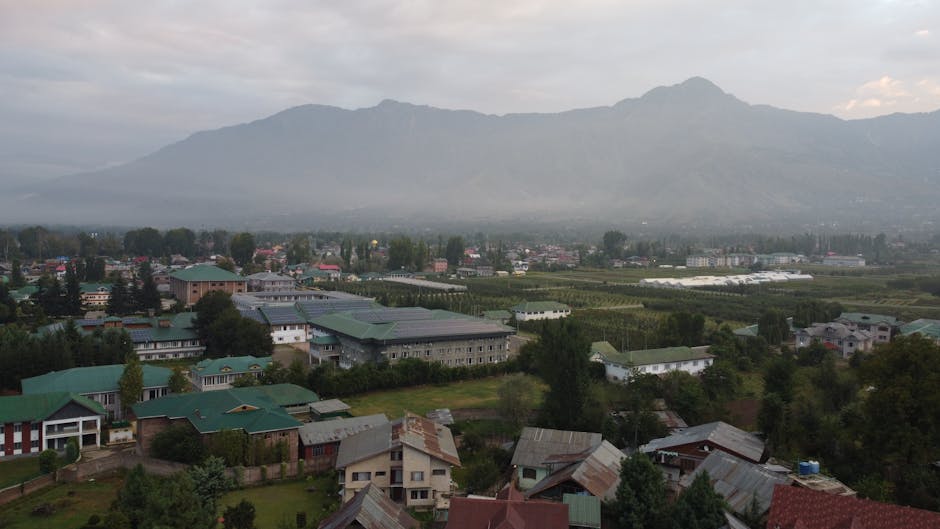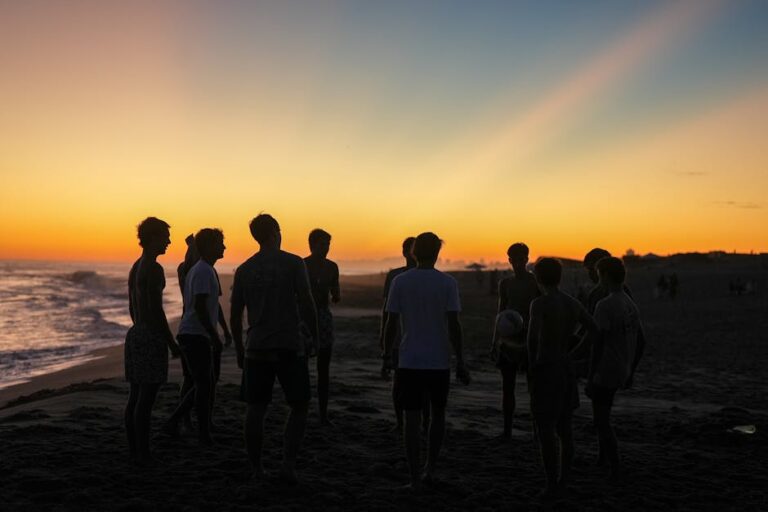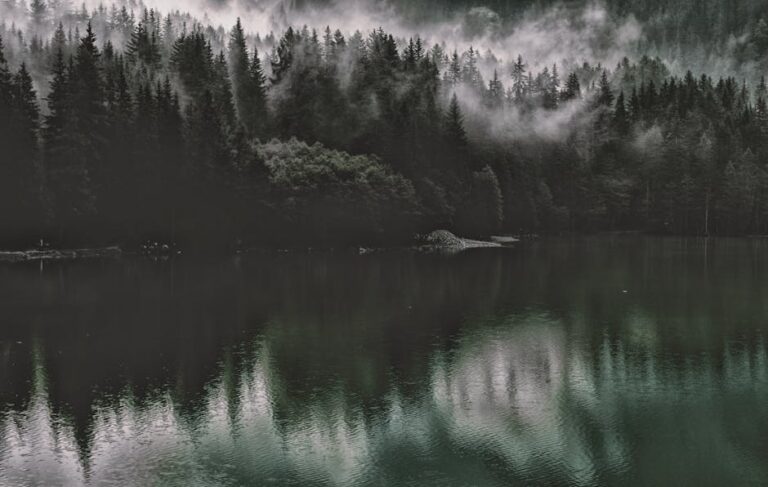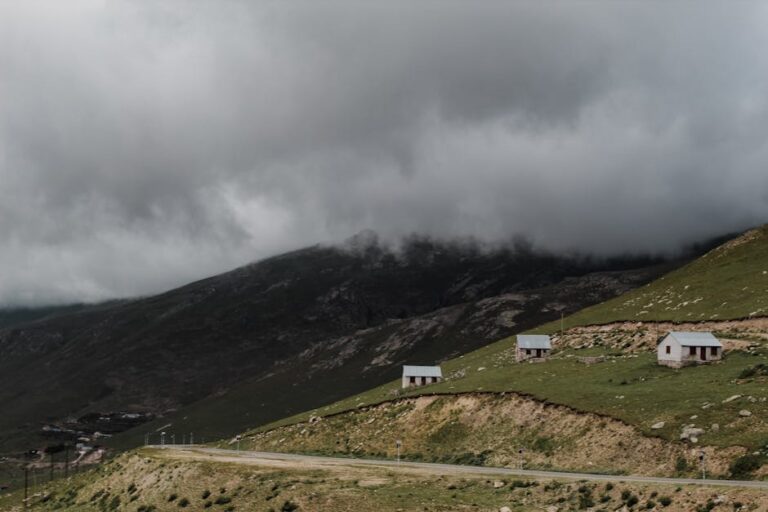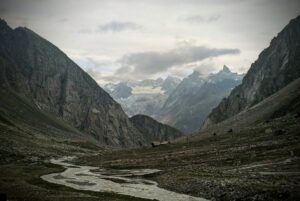Table of Contents
Alright, so you’re thinking about heading up from Jammu to Srinagar in 2025, huh? That’s a cool plan, for real. It’s not just some quick trip; it’s like this whole experience that kinda changes how you see things. Like, a lot of people just fly in, right? And that’s fine, totally. But missing the drive? Man, you’d be missing out on so much. I mean, the road itself tells a story, and by 2025, it’s only gotten… well, I wouldn’t say “better” in a smooth, perfect way, but different. More accessible, maybe, in spots, but still got its wild side.
It’s pretty interesting, actually, how this route, connecting the winter capital to the summer one, kinda acts like a lifeline for the whole region. It’s not just for tourists, either. Loads of local people, trucks with all sorts of stuff, they use it daily. So, when you’re on it, you’re not just a tourist passing through; you’re kinda part of this living, breathing thing. And trust me, the views? They hit you hard, in a good way. Like, one minute it’s all dry, dusty hills, and then suddenly, BAM, you’re surrounded by pine trees and cool air. It’s wild.
The Road Trip Vibe – What’s Changed (and What Hasn’t) by 2025
Okay, let’s talk about the actual drive. Most folks hitting the Jammu-Srinagar highway these days (meaning 2025, remember?) are probably taking the NH44. This road has seen quite a bit of work over the past few years, which, honestly, is pretty good news for anyone who remembers the old days of endless zig-zags and narrow stretches. You’ll find things like the Chenani-Nashri Tunnel, or now known as the Syama Prasad Mookerjee Tunnel, making a huge chunk of the journey way faster. And there are new tunnels being planned or maybe even partly open by now, which means less time stuck behind trucks and more time just chilling and looking at the scenery.
But here’s the thing, even with all the new bits, this isn’t some super-smooth, boring highway like you might find down south. Nope. It still cuts through mountains, so you’ve got these twists and turns, and yeah, sometimes you might hit a patch of construction or a slow section. That’s just how it is. It’s part of the deal. What’s cool is, even with the better roads, the feel of the journey hasn’t really changed that much. You still get that sense of climbing, of leaving one world behind and entering another. The air gets crisper, the landscape greener. It’s almost like a slow reveal.
The overall distance, roughly 260-something kilometers, probably hasn’t changed, obviously. But the time it takes? That’s definitely gotten a bit shorter. Maybe 6-8 hours now, if traffic and road conditions are kind, which, you know, they aren’t always. It really does depend on the day. I’ve heard stories of people doing it super fast, and then others getting stuck for hours because of a landslide or some road maintenance. So, it’s always good to check local news or ask around before you set off. That’s just smart.
Stops Along the Way – More Than Just a Pit Stop
You can’t just zoom through this entire stretch without stopping. That’s, like, travel blasphemy. There are these little towns and spots that are practically begging you to pull over.
Take Kud, for instance. Or Patnitop. These places have always been popular for a reason. Patnitop, especially, is a nice spot to stretch your legs, grab a cup of chai (which, let’s be real, is essential), and just breathe in that cool, mountain air. It’s kinda a mini hill station in itself, with some basic places to eat. I remember once I got the most amazing pakoras there, just perfectly crispy. And that view from the roadside dhabas? Chef’s kiss.
Further along, as you get closer to Srinagar, you’ll pass through places like Avantipora with its ancient temple ruins. It’s not necessarily a long stop, but it’s interesting to see these old structures just sitting there, right by the busy road, totally telling a different story of Kashmir. It’s kinda surreal.
And yeah, food. Along the highway, you’ll find tons of small eateries, especially around the bigger towns or tunnel exits. They usually serve simple, local fare – dal, rice, roti, some basic veg and non-veg stuff. It’s usually pretty good and warms you up, especially if it’s a chilly morning. So, don’t skip those roadside stops. That’s where some of the real local flavors are.
Flying High or Taking the Tracks? (Beyond the Road)
Okay, so the road trip is awesome, but it’s not the only way to get to Srinagar from Jammu. By 2025, air travel is still definitely the fastest option. Srinagar has its own airport, Sheikh ul-Alam international Airport (SXR), and it’s well-connected to major Indian cities, including Jammu (if you want to do a really short hop). It’s probably like a 30-45 minute flight. If you’re short on time or just really not into long drives, this is the way to go, obviously. You still get pretty stunning aerial views of the mountains, which is a bonus.
What about trains? Now, this is where things get interesting. The Udhampur-Srinagar-Baramulla Rail Link project has been going on for ages, right? By 2025, there’s a good chance that more sections of it are operational, possibly even connecting Kashmir Valley more directly with the rest of India via train. I mean, they’ve already got services running within the Valley, and parts of the Udhampur-Baramulla stretch were functional. The really big hurdle was the Chenab Bridge, which is pretty much an engineering marvel. If that’s fully open and connecting things up, then taking a train could become a super cool, relatively new way to travel. It would be slower than flying, sure, but probably more comfortable than a long bus ride and definitely different from driving your own car. Plus, imagine the views from a train window! It could be a game changer for many folks who prefer trains.
Sorting Out the Travel Stuff – Tips and Tricks for Your 2025 Trip
If you’re planning this trip for 2025, here are a few things to keep in mind. First off, timing matters a lot. Spring (April-May) and autumn (September-October) are generally considered the best times. The weather is just right, and the scenery is absolutely popping with colors. Summers can be warm, but Srinagar is usually cooler than Jammu. Winters are beautiful with snow, but the highway can get shut down because of heavy snowfall or landslides, so you gotta be careful and flexible if you’re planning a winter trip. Always, and I mean always, check the weather and road status before you leave. There are local news channels and even some official government sites that give updates.
When it comes to booking, especially for flights or if you’re looking for a comfortable car rental, it’s probably best to sort that out a bit in advance, especially during peak seasons. For staying in Srinagar, there are tons of options, from houseboats on Dal Lake (a must-try, seriously) to regular hotels. Just pick what works for your vibe and budget.
And pack smart! Even in summer, evenings in Srinagar can get chilly, so a light jacket is a good idea. If you’re going in winter, you’ll need proper warm clothes, like layers, for sure. Also, keep some cash handy, especially for roadside stops where card machines might not be a thing. And for goodness sake, keep your ID ready. There are security checks along the way, and it’s just smoother if you have your documents organized.
Why Even Go? The Kashmir You See
After all that travel, what do you even get? Well, you get Kashmir. And it’s… it’s just something else. It’s not just a place; it’s an experience. Srinagar itself, with its Dal Lake, the shikaras gliding quietly, the Mughal Gardens, the old city with its narrow lanes – it’s all got this charm that’s hard to put into words. It feels timeless, even with all the modern stuff happening around it.
What’s interesting is how the local people are. They’re usually super welcoming, very warm. You can talk to a shopkeeper, a boatman, or someone just chilling by the lake, and you’ll often find them keen to chat about their home. And the food? Oh man. Wazwan, the traditional Kashmiri multi-course meal, is legendary. Even if you just get some simple seekh kebabs or a local bakery item, it’s all just so flavorful.
I believe that for anyone who wants to really understand India’s varied landscape and culture, seeing Kashmir is pretty high up there. It’s got a history that goes back centuries, and the natural beauty is just out of this world. Like, you see those postcards? It’s actually even better in real life. It can feel a bit intense sometimes, just because of its history and all, but the sheer beauty and the resilience of the people there is something that kinda sticks with you. So, yeah, it’s totally worth the journey.
Frequently Asked Questions about Jammu to Srinagar Travel
Q1: Is the Jammu to Srinagar highway safe for travel in 2025?
Generally, yes, it’s considered safe for regular travel. The authorities maintain security checks along the route. However, it’s always a good idea to check for any specific travel advisories or local news just before your trip. Road conditions and temporary closures due to weather (like heavy snow or landslides) can happen, so staying updated is smart.
Q2: What’s the best time of year to travel from Jammu to Srinagar by road?
Spring (April to May) and autumn (September to October) are usually perfect. The weather is mild, and the scenery is at its most beautiful. Summer (June to August) is also fine, but it can get warm. Winter (November to March) is stunning if you want snow, but be prepared for potential road closures due to heavy snowfall.
Q3: Can I find decent food options along the Jammu-Srinagar highway?
Absolutely! There are plenty of dhabas and small eateries, especially around places like Patnitop, Kud, and other small towns. They offer simple but often tasty local Indian dishes, tea, and snacks. It’s a good idea to carry some water and maybe a few snacks yourself too, just in case.
Q4: How long does the road journey usually take?
The drive typically takes about 6 to 8 hours. This can vary quite a bit though, depending on road conditions, traffic, any stops you make, and how many times you get stuck behind a slow truck. With the new tunnels, some parts are much quicker than before, but stretches can still be slow.
Q5: Are there other ways to get to Srinagar from Jammu besides driving?
Yes, you can fly from Jammu to Srinagar; it’s a quick flight, usually under an hour. Also, by 2025, there’s a good chance that more segments of the ambitious Udhampur-Srinagar-Baramulla rail line are operational, possibly offering a direct train connection from parts of Jammu to the Kashmir Valley.




